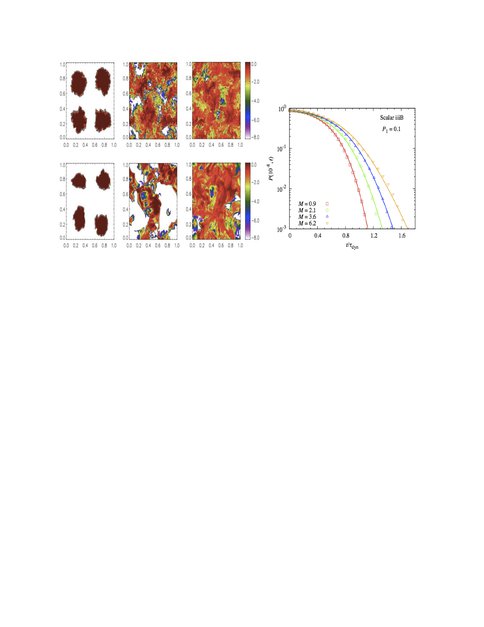2013 Annual Science Report
 Arizona State University
Reporting | SEP 2012 – AUG 2013
Arizona State University
Reporting | SEP 2012 – AUG 2013
Astrophysical Controls on the Elements of Life, Task 2: Model the Chemical and Dynamical Evolution of Massive Stars
Project Summary
Stars create the chemical elements heavier than hydrogen and helium, with the majority arising from the lives and violent deaths of massive stars in supernova explosions. The starting chemical composition of stars also affects their evolution and that of their associated planets. We have performed computational simulations for a large range of stellar masses to provide predictions for important stellar characteristics (i.e. brightness, temperature, stellar winds, composition) over the stars’ lifetimes and made the data available to the public. We have also simulated the explosions of massive stars to predict the chemical abundances of material ejected from the dying stars and how that material is distributed in the surrounding universe. As a complement, we are modeling how the habitable zones and planets of stars with different abundances evolve.
Project Progress
Patrick Young, (ASU), Carola Ellinger (University of Texas at Arlington), Chris Fryer, and Gabe Rockefeller (Los Alamos) have produced models of supernovae that follow the process from the onset of the explosion all the way through the interaction of the remnant with the surrounding interstellar medium. We have detailed how structures are formed in the supernova ejecta at all stages of the explosion and remnant development; and shown that structures created early in the evolution persist to late times. Figure 1, shows structures formed during the explosion, interaction of the stellar wind and interstellar medium, and interaction of the shock with all of the circumstellar material coexisting and interacting. This means that an individual supernova can cause substantial and highly variable enrichment of particular isotopic species in nearby planet-forming clouds and disks.
The composition of stars strongly influences their evolution and properties of their planets. Patrick Young and Amanda Truitt (ASU) have created a grid of stellar models for 0.5 – 1.2 solar masses, 0.1 to 1.5 times solar metallicity, and O/Fe ratios of 0.5 to 2 times solar with the TYCHO stellar evolution code. These models include predicted habitable zone locations as a function of time for each stellar model for a range of assumptions. The abundance variations were taken from the work of Michael Pagano (ASU) analyzing stars from five radial velocity planet searches (Refer to Task 7). Typically abundance ratios for stellar models are assumed to scale as they do for the sun, but data shows significantly non-solar ratios in potential planet hosts. We find that the variation in abundance ratios observed in nearby stars have a substantial effect on the evolution of habitable zones around stars. The effect of the O/Fe ratio is particularly significant. As an example, the lifetimes of one solar mass stars change by approximately 3 billion years over the observed range of O/Fe. For an Earth-like planet in a one astronomical unit orbit, the time spent in the star’s habitable zone can range from 3.5 billion to 9 billion years. (For comparison, complex life arose on Earth after ~4 billion years, and the increasing solar luminosity may render Earth too hot for liquid water in another billion or so year/s.)
-
PROJECT INVESTIGATORS:
-
PROJECT MEMBERS:
Carola Ellinger
Collaborator
Chris Fryer
Collaborator
Michael Pagano
Collaborator
Jennifer Patience
Collaborator
Gabriel Rockefeller
Collaborator
Amanda Truitt
Collaborator
Margaret Turnbull
Collaborator
-
RELATED OBJECTIVES:
Objective 1.1
Formation and evolution of habitable planets.
Objective 3.1
Sources of prebiotic materials and catalysts

